We recently connected with Deyane Moses and have shared our conversation below.
Alright, Deyane thanks for taking the time to share your stories and insights with us today. What’s been the most meaningful project you’ve worked on?
The most meaningful project I have ever worked on is the Maryland Institute Black Archives (MIBA). I created this project during my undergraduate year at the Maryland Institue College of Art to uncover the erased history of the Black community at the institution. My research spanned 1826 to the present. It revealed the colleges’ racist past and uncovered some of the first students, graduates, and perspective artists. The culmination of my research, database, exhibition, and demonstration during Black History Month in 2019 prompted the school’s President to issue a letter of apology for the school’s racist past.
It has since grown into an internationally known archive preserving Black Art History in Maryland. The Black community on MICA’s campus has grown exponentially and numerous colleges in the state including Johns Hopkins, have since followed suit in acknowledging the racist history of the institutions. MIBA is ever-growing and continues to uplift the talent of Black artists from Maryland.

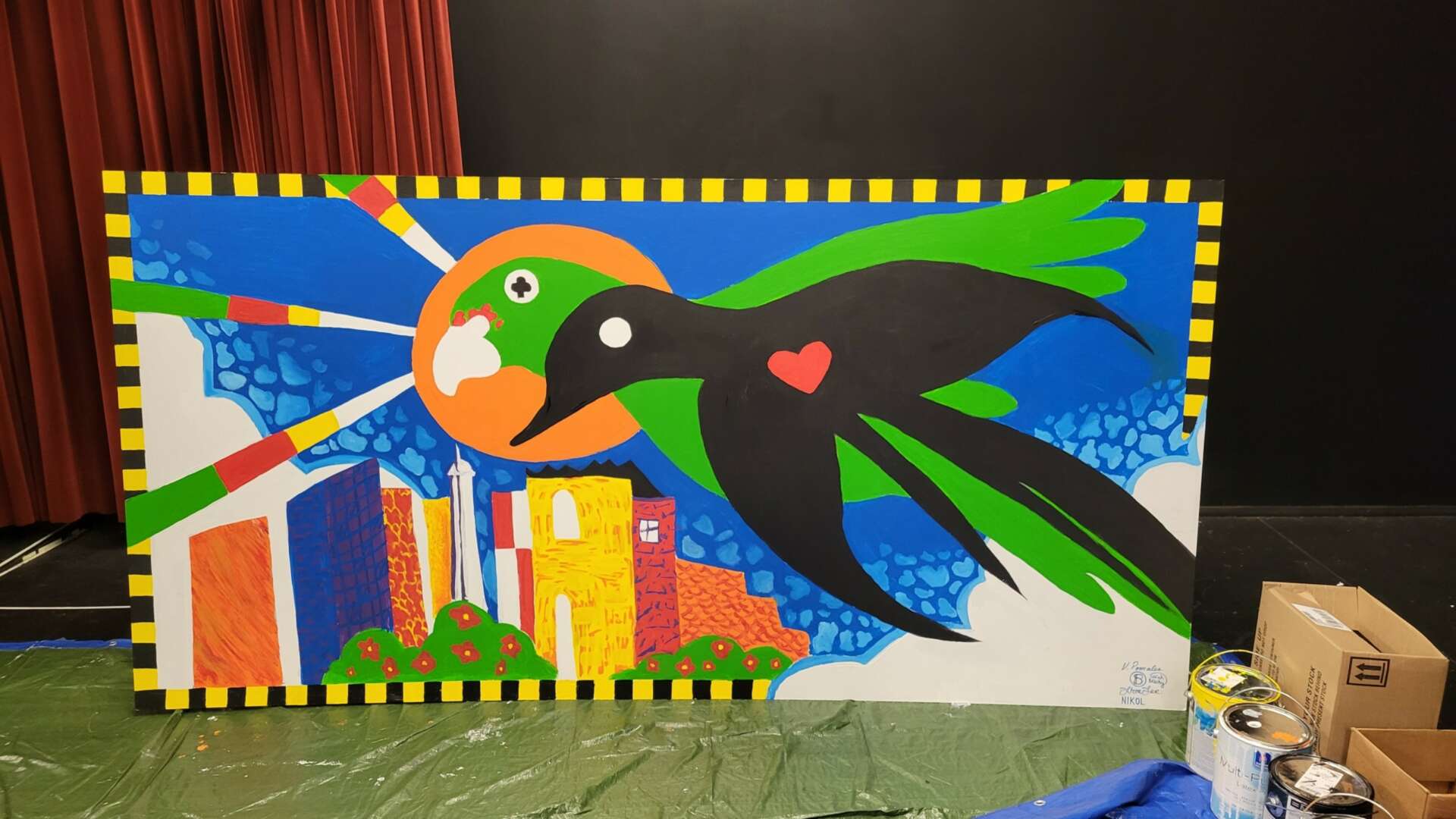

Great, appreciate you sharing that with us. Before we ask you to share more of your insights, can you take a moment to introduce yourself and how you got to where you are today to our readers
My journey to this point in life has truly come full circle. Before becoming an artist, curator, and archivist I was a broadcast journalist in the Army. I lived in South Korea for 3 years, visited several countries, and traveled to more than 20 states. I loved learning about different communities and highlighting the work of soldiers. However, I quickly noticed the news favored White troops and civilians. I took it upon myself to ensure that my stories featured predominantly Black troops or people of color.
I left the Army after 7 years and moved to California. I continued to work as a broadcast journalist for the government- and again I found the same inequities. My community was being forgotten aka erased. At that point, I’d had enough! I unapologetically informed my boss I would be covering Black communities in the Los Angeles area–to which he agreed. For two years, I highlighted Black midwives, Santas, paparazzi, young filmmakers, and more. I started visiting art galleries while living in LA.
I’ll never forget when I saw the work of Deborah Willis, Rene Cox, and Dawoud Bey. It was the first time I saw imagery that spoke to me on a level that I had never thought. They were able to collapse time by visually discussing history, the present, and the future simultaneously in a single or collection of images. I wanted to do that too. I spent to years studying the careers of well-known Black artists. The majority had attended an arts institution, so I decided to return home to Maryland to attend the Maryland Institute College of Art.
While I was at MICA I began researching their Black history. The Baltimore AFRO-American Newspaper became my primary resource for information about Black artists in Maryland. It is the oldest continuously operating family-owned Black newspaper in the country. The periodical is 130 years old this year.
While conducting research I was introduced by my archives mentor Angela Roger-Koukoui to the Director of AFRO Charities, Savannah Wood. She is also a descendant of the paper’s founder. AFRO Charities cares for and make accessible the AFRO’s archive. Savannah and I kept in touch through the years and support each other endeavors. Long story short, an opportunity arose and now I am the Public Access Archivist for AFRO Charities. My two main jobs are to assist researchers with gathering information from the collection and digitization efforts of more than 3 million photographs.
I am so very proud of my position at AFRO Charities. The AFRO’s collection is one of the rawest, yet richest collections I’ve ever seen. I’m honored to be trusted with the care of these Black experiences, artifacts, and history. Not only do we care for rare material, we care for our community as well through programs like Mrs. Santa, Re-reading the News, and the Clean Block Campaign.
I also teach at my alma mater MICA a graduate course called Archival Activism and an undergraduate course Exhibition Development Seminar. I enjoy this new role as an educator on campus because I am able to be a mentor and mirror to young artists who find themselves at a predominantly white institution. It’s not a position I take lightly. It’s very rewarding to be able to assist others or just be a listening ear/critical eye.
Blackives, LLC is a Black cultural heritage and organizing firm. We aim to provide high-quality, affordable, and professional archive and curatorial services to individuals and cultural organizations. Through collaboration, we assist in the cultivation of untold narratives and celebration of the Black experience. Blackives, LLC also supports the Maryland Institute Black Archives (MIBA)– a growing community archive that uncovers, preserves, educates and celebrates Black Art History in Maryland.
I’ve done quite of bit of work in the city consulting with individuals, universities, museums, community organizations, and more around research, preservation, and the mobilization of knowledge. Currently, we are preparing for Tom Miller Week–an annual celebration of one Baltimorean artist. Artwork will be created by students from Tom Miller’s alma mater. The pieces will be auctioned off and the proceeds will be given to the participating students. I wholeheartedly believe if Tom Miller was still alive he would be doing similar work with young artists in the city.
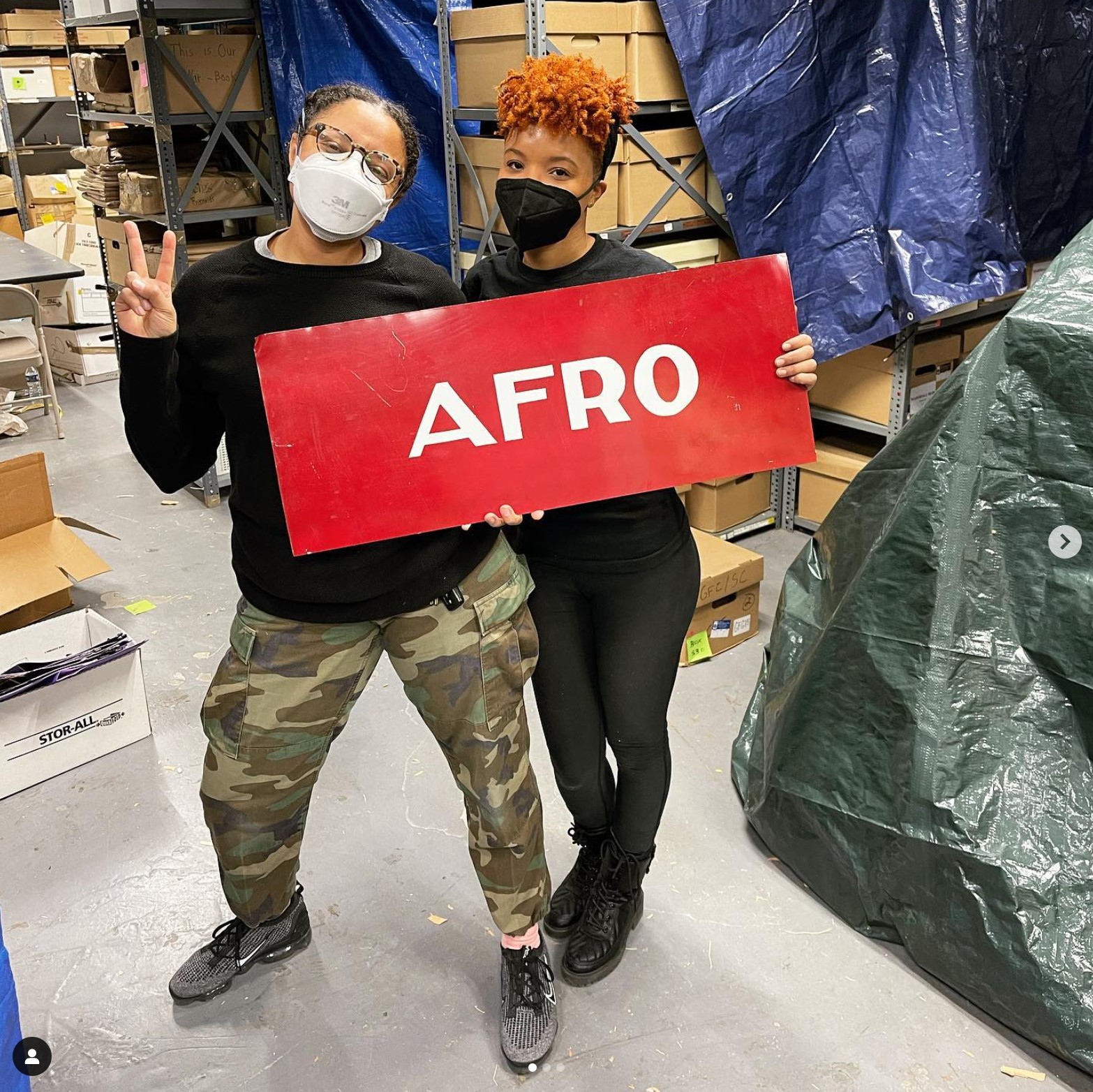

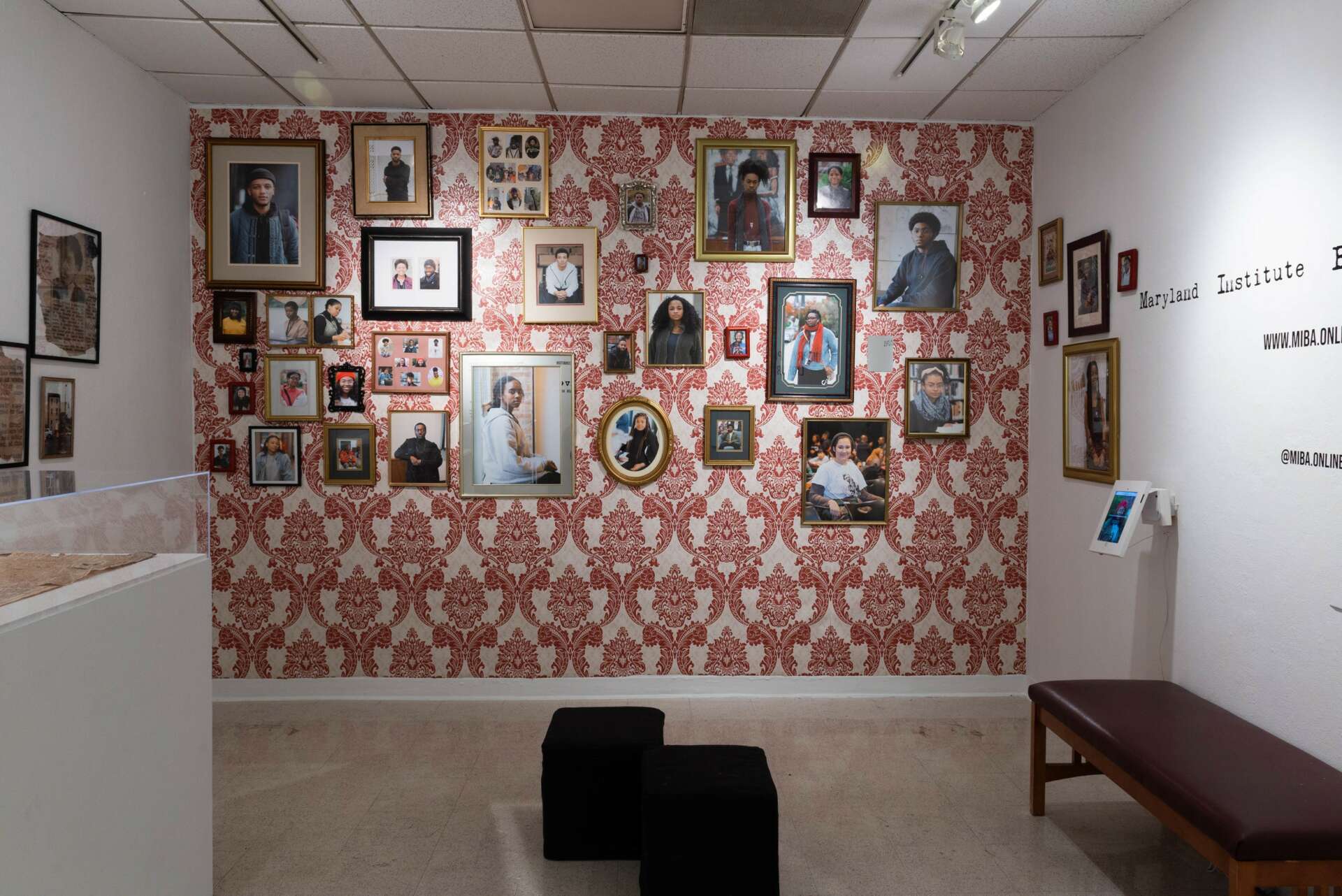
We’d love to hear your thoughts on NFTs. (Note: this is for education/entertainment purposes only, readers should not construe this as advice)
In my opinion, NFTs are the next wave. We are currently living in the emergence of Web3. In the same way, the internet evolved to become a part of everyday life, I believe the same will happen with Web3. Digital content creators discussed, for years, their struggles to monetize and exhibit gifs, abstract 3D works, and more. These works now live and are traded on the blockchain where creators continue to profit from the sale of their artwork. I know there is more to it with perks and privileges infesting the market. We all need to learn how this new world and marketplace works so that we can contribute to the shaping of these new platforms.

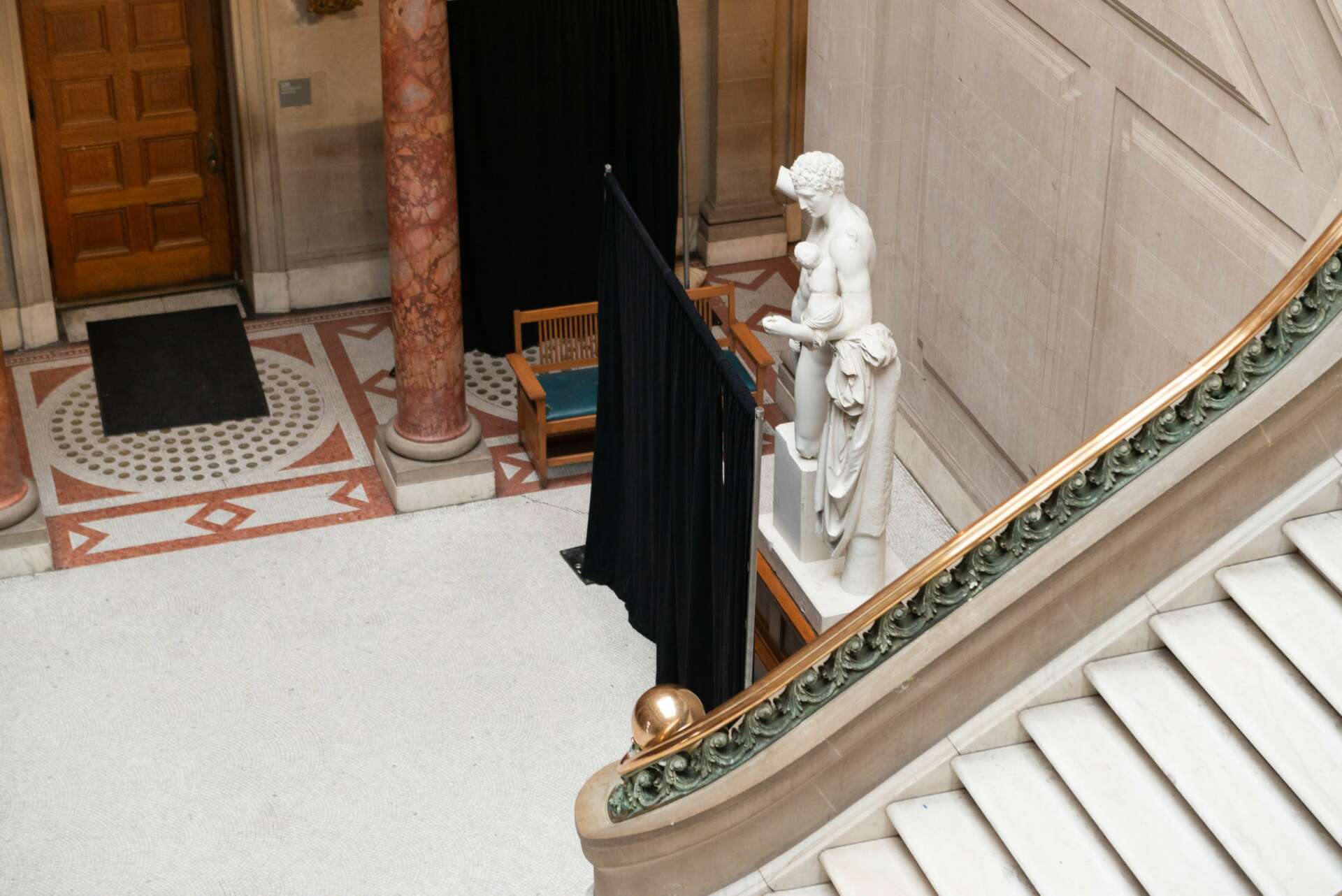
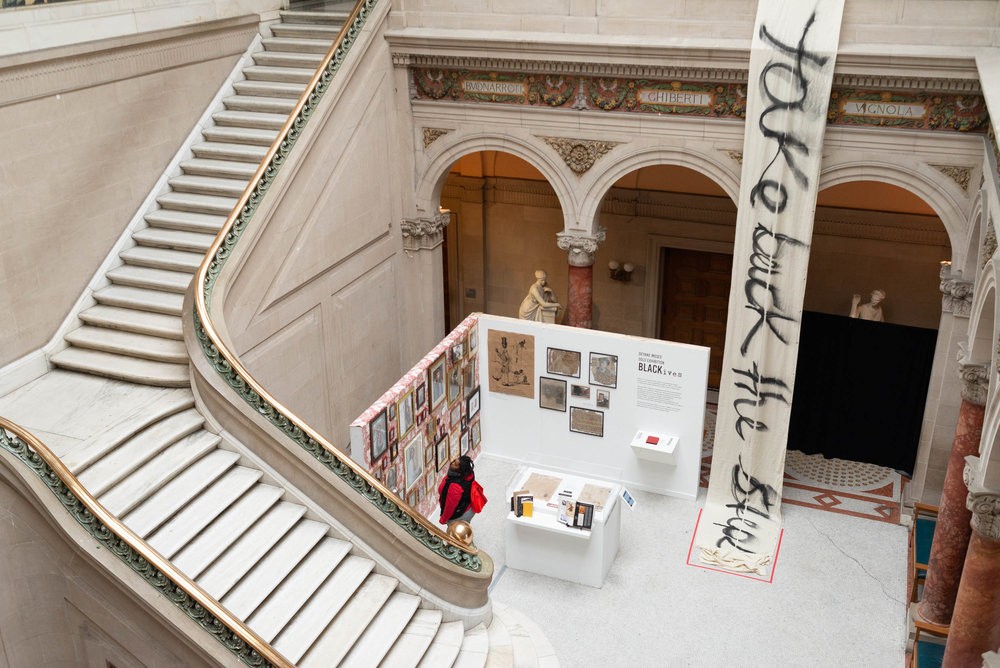
Is there a particular goal or mission driving your creative journey?
My dream is for the accomplishments of Black artists in Maryland to be revered in the same manner as other states. Maryland has a rich history of artists like Joyce J. Scott, Tom Miller, James E. Lewis, Mable Brooks, and more! I believe the best way I can assist with achieving this goal is to continue uplifting Black creators, building meaningful relationships with other artists and the community, and uncovering stories lost in the archives.
Contact Info:
- Website: www.deyanemoses.com, www.blackives.org, www.miba.onlne
- Instagram: @deyanemoses, @miba.online, @_blackives
- Facebook: Deyane Moses
- Linkedin: Deyane Moses
Image Credits
Headshot by: Kyle Pompey (@niceshotkyle) Other photos courtesy of the Maryland Institute Black Archives


